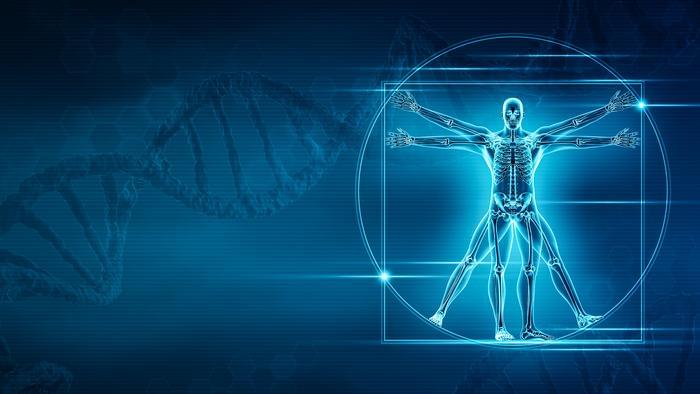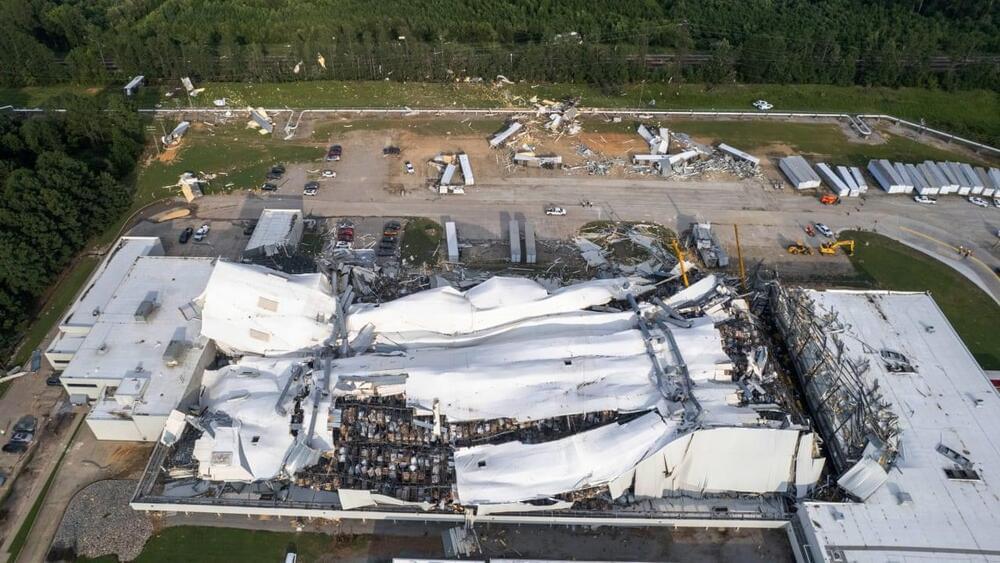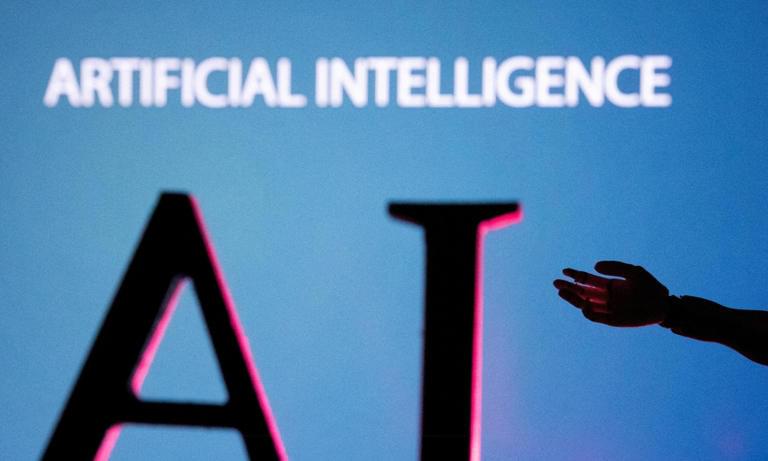“These findings suggest that primary care may be exerting a protective effect on postoperative morbidity and mortality,” wrote Sanford E. Roberts, MD, of the University of Pennsylvania in Philadelphia, and co-authors in JAMA Surgery.
Of note, Black patients with PCP exposure had similar adjusted odds of in-hospital mortality relative to patients with no PCP exposure (OR 1.09, 95% CI 0.75−1.57), while white patients with PCP exposure had a 21% decreased risk of in-hospital mortality compared with the same group (OR 0.79, 95% CI 0.70−0.90).
However, at 30, 60, 90, and 180 days post-surgery, both Black and white patients who had visited a PCP had significantly lower adjusted odds of mortality compared with those who had not seen a PCP, with no significant differences in the interactions between race and PCP exposure for mortality.








